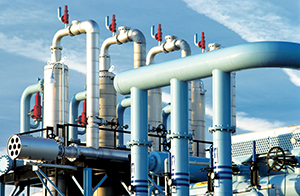Pressure Relief Valves
Curtiss-Wright's selection of Pressure Relief Valves comes from its outstanding product brands Farris and Target Rock. We endeavour to support the whole life cycle of a facility and continuously provide custom products and technologies.



.jpg?width=800&height=800&ext=.jpg)


